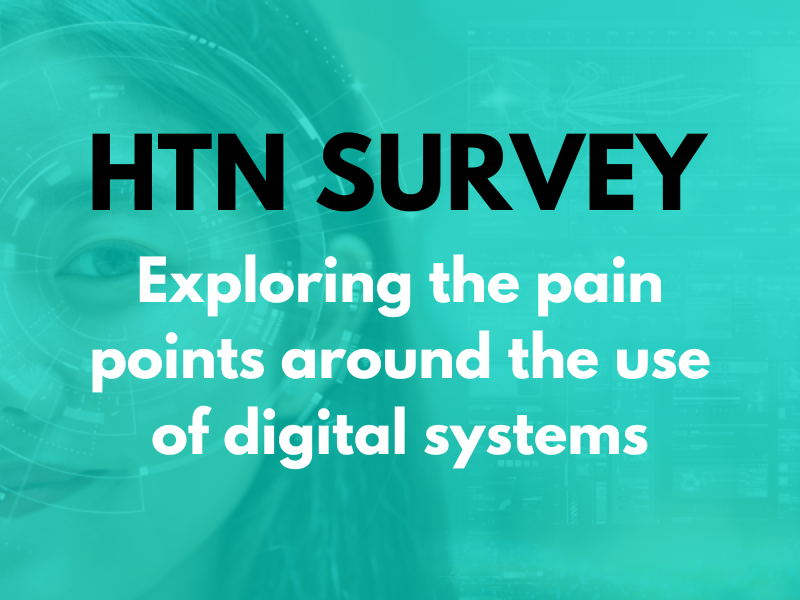South West Yorkshire Partnership Teaching NHS Foundation Trust’s six-month digital strategy update has shared insights on progress and plans across ambient AI, digital care records, digital information sharing, infrastructure modernisation, EPR reprocurement and more.
A major programme of work has been completed around SystmOne and the Integrated Neighbourhood Teams service, with further SystmOne functionality to be explored as an area of focus from 2026 onward. Planning and contract finalisation is underway for records scanning bureau system implementation, with the trust looking at ways to replace legacy scanners to reduce associated risks.
The trust has finished deploying its Lexacom digital dictation solution, with a total of 1,432 licences issued to staff alongside online training. This month, the trust plans to start exploring the solution’s ambient voice functionality, with a need to ensure the potential for SystmOne integration prior to deployment.
A governance framework has been developed for digital innovation including AI, covering procurement, IT, information governance, and clinical safety. An AI adoption & governance group has been established with subject matter experts in post, producing communications informing staff of the trust’s current position on AI. “An AI risk appetite assessment matrix has also been devised that will help to determine the degree of pace in which particular AI solutions can be considered for deployment within the trust,” the trust states, and an AI community of interest group will be launched to explore opportunities for use, chaired by the trust CCIO.
Elsewhere, “satisfactory progress” is reportedly being made on uptake of the patient engagement portal, with additional funding secured through the NHSE Wayfinder Programme to strengthen integration with the NHS App. A cyber security staff survey was undertaken in October, with the results reportedly to be used in action planning.
Looking ahead to 2026/27, key focuses include the Federated Data Platform, enabling faster data flows and improved data quality, EPMA and EPS, a cyber security development programme, and a digital infrastructure modernisation programme. EPR reprocurement and reprovisioning activities are also set to begin in 2026.
Wider trend: Digital transformation
£300 million of new capital investment has been outlined by the Chancellor in the Autumn Budget for NHS tech and digital tools, with aims to improve productivity by automating administrative tasks and providing “swifter access” to patient information. The announcement comes alongside news of planned investment in 250 neighbourhood health centres, with a collaboration between the public and private sectors for construction that will see the repurposing of current estate as well as spending on new buildings.
A digital maturity blueprint from County Durham and Darlington NHS Foundation Trust has laid out a three-year roadmap with the intention of increasing the organisation’s DMA score from its current 2.5 to 4.5 by 2027/28. The trust shares plans to tackle gaps in areas including cloud infrastructure, automated monitoring, patient engagement, AI, and workforce digital skills.
The Welsh Ambulance Services University NHS Trust board has shared its digital KPIs, work on information governance, and discussed the risks surrounding unauthorised or inappropriate use of AI. An area of current focus is a refresh of the WAST electronic patient care record application, which has reportedly received formal approval. Here, the trust outlines three key mitigations to be worked on, covering the design of the ePCR user interface, clinician interaction with the ePCR, and the accuracy of the scripting to extract the data from the data warehouse to create reports.






